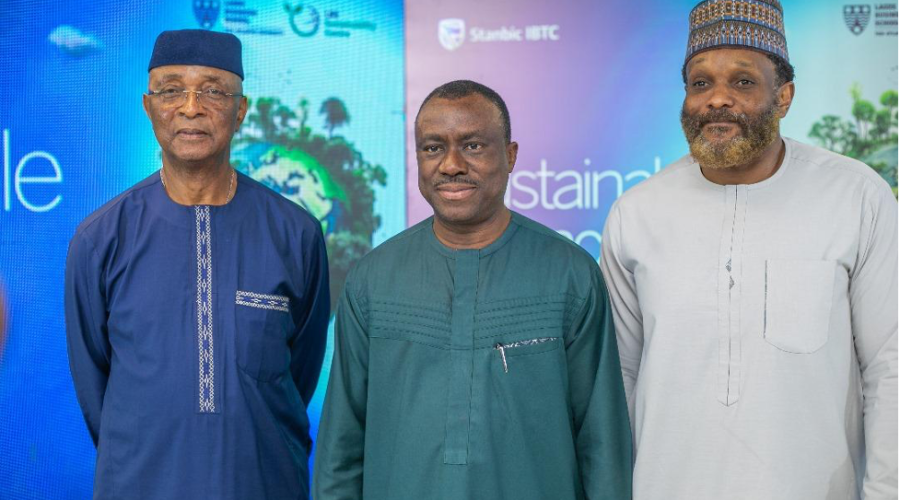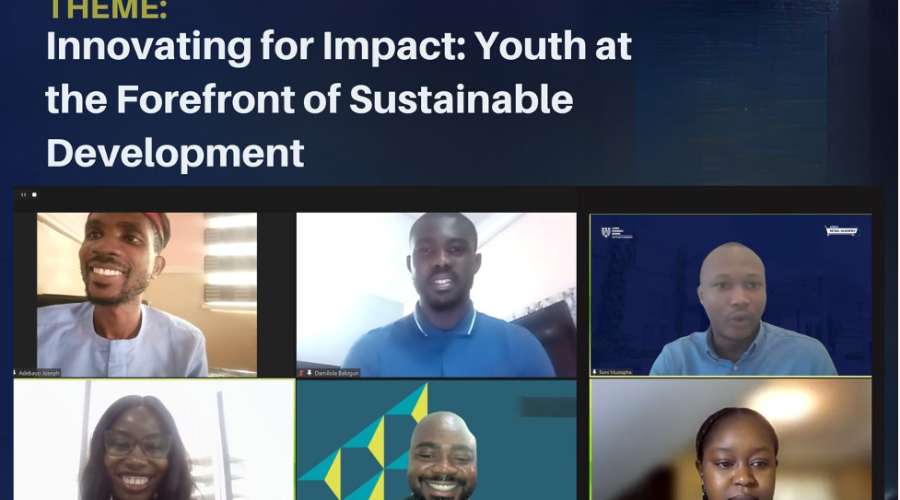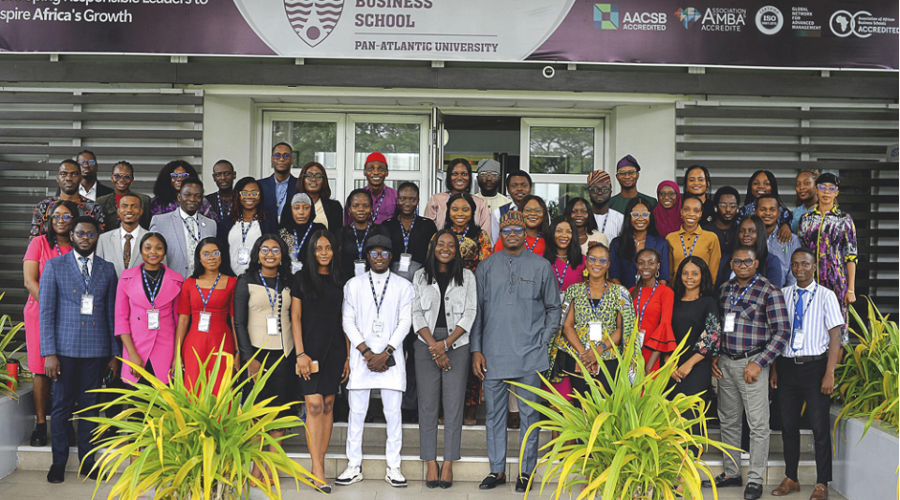Research on nonprofit organisations especially in Africa show that a number of factors stifle long-term success, slow down impact progress and increase extinction rates. Ideally, nonprofits exist to serve uniquely crafted purposes but some run out their course without fully accomplishing their mission, others are around for the long term, but there is a high level of nonprofits going out of business in Africa . Be that as it may, many nonprofits mobilise different business models to execute their mission and vision which can lead to phenomenal success and impressive impact . Where a nonprofit will wind up and how it will, is dependent on factors related to the organisation’s management of self-sustainability and resilience in a constantly changing operating environment.
A study by Ernest Okorley and Edmund Nkrumah published in 2012 identified that the “availability of funds, quality material resources, supportive leadership, development of needs‐based and demand‐driven programmes, and effective management can have a significant influence on the sustainability of local NGOs”. Significantly, leadership emerged as the most important factor among these issues, surprisingly the study which focused on the Ghanaian context, also found that the availability and quality of material resources for work while important for the NGOs to function were least critical to local NGO sustainability.
LBS Sustainability Centre recently hosted an insights webinar series on Nonprofit Management, the discussion and insights shared by the panel of experts and practitioners focused on the strategic approach Nonprofits and NGOs in Nigeria can employ to sustain long-term growth and impact. Some points are summarised as follows.
Why Strategies Are a Big Deal
Strategy for an organisation is akin to a map and a compass. It forges and pinpoints organisational direction and the best ways on how to get there. In essence, an organisation’s strategy helps to navigate it through the ever-changing socio-economic landscape with minimal risk. A well-defined strategy provides a crystal clear blueprint for the organisation to follow, helping it target the bull’s eye of its goals and objectives. With a robust strategy in place, an organisation can pull all the stops towards success.
Creating a Safety Net
Every nonprofit needs to create a contingency purse to protect its capital. This must be supported by a policy document to enshrine this savings culture for long term gains. A savings account for smaller nonprofits is fit for purpose, and an endowment for larger nonprofits works just as fine. This contingency fund helps to act as a savings for a rainy day in the event things don’t go as planned. Many scenarios can arise such as a long established partner donor changing thematic focus in line with changing organisational objectives, causing an upset in financial flow. A contingency fund will go a long way in absorbing the shocks of any sudden financial headwind that seeks to unsettle the financial stability of any nonprofit.
Risk Mapping
All risks are potential blow-outs. A nonprofit’s number one task should be to prevent such blow outs by mapping foreseeable and unforeseeable risks across all functions. Risks may be minimal or otherwise. What’s important is the ability to prepare for it with a robust response ability to curtail it whether it’s financial, environmental, health and safety, staff turnover, or anything else. Having your risk assessment periodically helps to keep your nonprofit ahead of stormy waters.
Getting the Best Hands to Stay
No strategy drives itself or is executed in a vacuum. It takes people to understand, drive and apply strategy. This underscores the importance of a team that is hand in glove with the organisational vision and culture. In this age and time of the ‘Japa’ syndrome, where more people are looking out of the continent for greener pastures, it behoves nonprofits to tailor a strategy to identify, recruit, retain and motivate talent. This will help in curbing high people turnover in nonprofits. Furthermore, it is also important to understand the place of a highly effective board that knows its onions. Getting hands that have travelled the road before your team, with vast experience under their belts should be non-negotiable. Overall, a people strategy that works for your team should be implemented.
Striking Collaborations and Partnerships
A nonprofit worth its salt should launch an all-out-manhunt for collaborations and partnerships. And partners must not be larger than life. Every interested party that seeks to contribute to the growth of a nonprofit is a potential partner, be it in-kind or cash partners. These partnerships should seek to reduce cost, mitigate risks, and provide merits that elevate your nonprofit in its given field of play.
Technology
We live in an ever-changing world made possible by dizzying changes in technology. Leveraging the latest tools and technologies will help save time, cost, effort and energy in the daily discharge of the workings of nonprofits. Many software and tools are available online to support accounting, communication, human resource, project management and evaluation functions. A tech-enabled team will achieve far more effectiveness, results and speed in execution than a team stuck in the past. Embrace technology and your nonprofit will be the better for it.
Spreading the Word
Information and communication help to keep humans and business endeavours going, nonprofits inclusive. They are the livewire of any organisation and as such should be paid careful attention to. Communication with all stakeholders must be constant, transparent and informative. This helps to close any trust deficits that may exist between stakeholders and the organisation. In closing these trust deficits, the organisation’s credibility increases with greater confidence reposed on them to deliver on their objectives by the stakeholders. Where confidence and credibility is maintained, funders are more willing to keep their purses open, host communities are open to more constructive engagements and staff are more motivated to give their all, creating a win-win for all and sundry.
In conclusion, it is safe to say while we can not fully exhaust all the strategies shared for nonprofits to stay in operation and the business of impact, it is imperative for leaders and managers in these organisations to develop a strategy document that treats each impact area and deliverable as a product, employ the time-tested art of storytelling in communicating with its stakeholders, and have a clear rule of thumb for stakeholder management and engagement.
Choto, et. al. found that in Africa, non-profit organisations are involved in a range of activities such as health and wellness, socialisation, and education, and they assist governments to reach out to citizens who may not easily access government services. Therefore, non-profit organisations are vital to any economy and community owing to the diverse range of essential goods and services they offer through their innovative models of delivery.
Suffice it to say, a nonprofit business is serious business and must have its eyes on four (4) fundamental issues bordering Impact – what problem is the nonprofit solving? Income – A robust plan to source resources to drive and continue execution. Risk – A plan to curtail minute and larger risks. And lastly, Visibility – tactics employed to reach its external and internal stakeholders. All of these and many more are sure to guarantee sustainability and resilience for nonprofits in the nonprofit space.
Reference Materials
- Okorley, E. L., & Nkrumah, E. E. (2012). Organisational factors influencing sustainability of local non‐governmental organisations: Lessons from a Ghanaian context. International Journal of Social Economics.
- Choto, P., Musakuro, R., Iwu, C. G., & Tengeh, R. K. (2022). Marketing for Improved Sustainability in Nonprofit Organizations.
- LBS Sustainability Centre – 2023 Nonprofit Management Webinar Series. Strategies for Nonprofit Resilience and Sustainability. Communique available at https://mailchi.mp/6664020c1735/communique-strategies-for-sustainability-and-resilience-of-nonprofits
Contributors
- Orevaoghene Atanya, Head, Sustainability, Lagos Business School
- Mariam Decoco, Finance and Investment Manager, Fate Foundation
- Gabriel Okeowo, Country Director Nigeria, BudgIT Foundation
- Uchenna Achunine, Director, Nigeria Conservation Foundation
- Abam Inyang, Senior Associate, LBS Sustainability Centre
- Osanua Nwagbara, Associate, LBS Sustainability Centre






